Disclosure: This article contains affiliate links. We may earn a commission from purchases at no extra cost to you, which helps our travel content.
The ancient city of Samarkand stands as a turquoise-domed jewel along the Silk Road, its magnificent madrasas and minarets telling tales of conquests and commerce that have shaped Central Asia for millennia. But beyond the UNESCO-listed treasures of Registan Square lies a landscape of startling diversity waiting to be explored. As someone who typically gravitates toward the refined comforts of Tuscany's rolling hills or the terraced vineyards of Portugal's Douro Valley, Uzbekistan's raw, untamed wilderness offered me a symphony of new sensations—a composition of experiences both challenging and deeply rewarding. ¡Qué maravilla! What a wonder to discover that within just a few hours' journey from Samarkand's ornate architecture, one can traverse desert fortresses, alpine meadows, hidden villages, and dramatic canyons. This past spring, I traded my usual luxury accommodations for more modest guesthouses and my gourmet meals for shared bread and tea with local shepherds. The result? Perhaps my most authentic travel experience in years.
1. The Ancient Fortress of Nurata: Where Desert Meets History
The journey to Nurata begins with a canvas of golden desert stretching toward the horizon, punctuated by occasional settlements that appear like mirages in the arid landscape. Two hours northwest of Samarkand, this ancient fortress town founded by Alexander the Great in 327 BCE offers the perfect introduction to Uzbekistan's desert adventures.
The fortress ruins themselves sit atop a hill overlooking the town, their crumbling walls telling silent stories of conquest and defense. But the true treasure of Nurata lies in the sacred spring at its center—a crystalline pool where fat, sacred fish dart beneath the surface. Locals believe these waters possess healing properties, and after hiking the fortress hill under the spring sun, dipping my fingers into its cool depths felt indeed like a blessing.
What transformed my visit from tourist excursion to cultural immersion was joining a local family for lunch in their courtyard home. We sat cross-legged on vibrant carpets as our host served plov—Uzbekistan's national rice dish cooked with carrots, onions, and tender lamb. The complex flavors reminded me of my mother's arroz con pollo, though with a distinctly Central Asian melody of spices.
After lunch, I ventured into the nearby Nuratau Mountains where I encountered shepherds leading their flocks across rocky slopes. One elderly man invited me to share tea in his summer camp—a simple yurt with a view worthy of the world's finest resorts. As we sipped from handleless bowls, communication flowed despite language barriers, proving once again that hospitality transcends words.
I captured the sunset from the fortress ruins using my trusty travel tripod, which proved invaluable for the low-light conditions while being compact enough not to weigh down my daypack during the hike.
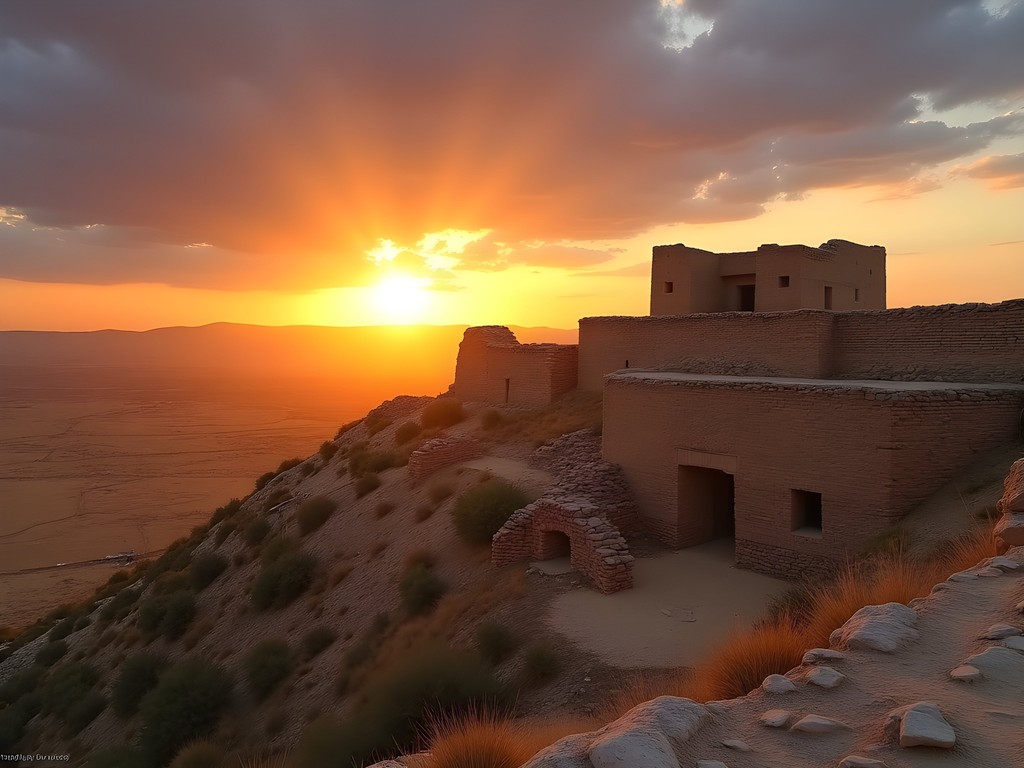
💡 Pro Tips
- Hire a local guide in Samarkand for the best fortress experience—they'll explain historical details missed in guidebooks
- Pack at least 2 liters of water per person—the desert heat is deceptive even in spring
- Bring small gifts (pens, notebooks) for local families if you're invited into their homes
2. Zarafshan Valley Trek: The Uzbek Alps Experience
If Nurata represents Uzbekistan's desert soul, then the Zarafshan Valley embodies its alpine heart. Located in the Zarafshan mountain range about 90 kilometers east of Samarkand, this verdant valley offers a startling contrast to the arid landscapes most associate with Central Asia.
I began my trek from the village of Sentob, where traditional stone houses cling to the mountainside like notes on a musical staff. The trailhead starts innocuously enough, winding through small agricultural plots where families tend to apricot orchards and walnut groves that have sustained generations.
As the path climbs higher, the landscape transforms dramatically—a crescendo of natural beauty that peaks with alpine meadows carpeted in wildflowers during spring. The trek reaches its emotional climax at a panoramic viewpoint overlooking the entire valley, where the Zarafshan River cuts through the landscape like a silver ribbon, connecting ancient villages that appear frozen in time.
My guide, Timur, pointed out medicinal plants along the way, occasionally stopping to brew mountain tea using a small portable stove. "This is nature's pharmacy," he explained, handing me a steaming cup infused with wild mint and thyme. The aromatic beverage provided welcome warmth as we climbed higher into cooler elevations.
The physical demands of the trek were moderate—approximately 12 kilometers round-trip with 600 meters of elevation gain—but the rewards were immeasurable. We encountered local shepherds playing haunting melodies on traditional instruments, their music floating across valleys like mist.
My hiking boots proved their worth on this trek, providing excellent ankle support on the occasionally steep and rocky terrain while remaining comfortable throughout the day. For capturing the breathtaking vistas, my compact binoculars allowed me to spot distant wildlife and appreciate the intricate details of remote villages nestled in the valley.

💡 Pro Tips
- Start early (around 7 AM) to avoid afternoon heat and potential thunderstorms
- Bring cash in small denominations to purchase handmade crafts directly from villagers
- Pack layers—mountain temperatures can drop suddenly, even in spring
3. Amankutan Pass: A Journey Through Time
The Amankutan Pass has served as a crucial transit point for travelers, traders, and armies crossing the Zarafshan Range for centuries. Located just 50 kilometers south of Samarkand, this historic mountain passage offers a perfect day trip combining natural beauty with cultural heritage.
The journey begins with a winding drive through increasingly dramatic mountain scenery. As your vehicle climbs the switchback road, each turn reveals vistas more impressive than the last—a visual symphony building toward its climax. At 1,700 meters above sea level, the pass itself provides sweeping views across the range, with distant peaks still snow-capped well into spring.
What makes Amankutan truly special is the ancient caravanserai nestled just below the pass. This partially restored stone structure once sheltered Silk Road travelers, its thick walls providing protection from both harsh weather and potential bandits. Standing in the central courtyard, I closed my eyes and imagined the sounds of merchants unloading their camels, the multilingual chatter of travelers from distant lands, the exchange of not just goods but ideas and innovations that would shape civilizations.
"La historia siempre nos acompaña—history always accompanies us," I murmured, tracing my fingers along walls that have witnessed countless journeys.
A short hike from the caravanserai leads to the sacred Amankutan Cave, where locals still leave offerings tied to trees and bushes surrounding the entrance. My guide explained that the cave has been considered a place of healing and spiritual significance since pre-Islamic times, another example of how ancient traditions persist beneath more recent religious practices in Central Asia.
The cave's cool interior provided welcome relief from the midday sun as we explored its chambers, our headlamps illuminating stalactites that hung like nature's chandeliers from the limestone ceiling. The acoustics inside were remarkable—when my guide sang a traditional Uzbek folk song, his voice resonated with a clarity that seemed to transcend time itself.

💡 Pro Tips
- Visit on weekdays to avoid local weekend crowds
- Bring a headlamp or flashlight for exploring the cave
- Consider hiring a driver rather than self-driving—the mountain roads require experience
4. Agalyk Village and Petroglyphs: Whispers from Ancient Artists
Just 30 kilometers from Samarkand lies a hidden treasure unknown to most travelers: the village of Agalyk and its surrounding mountains dotted with ancient petroglyphs. This accessible day trip offers a perfect blend of cultural immersion and outdoor adventure.
Agalyk itself is a traditional Tajik settlement where time seems to move at its own unhurried pace. The village architecture features distinctive carved wooden columns supporting verandas where elderly residents observe daily life while younger generations tend to gardens and livestock. The village provides a fascinating glimpse into rural Uzbekistan's cultural mosaic—a reminder that despite modern national boundaries, this region has always been a tapestry of interconnected ethnic traditions.
After wandering the village lanes and accepting numerous invitations for tea (refusing hospitality here is practically impossible), I met my hiking guide who led me into the surrounding hills. The moderate trek climbs gradually through scrubby vegetation and rocky outcroppings, with the landscape growing increasingly dramatic as you ascend.
After about an hour's hike, we reached the first petroglyph site—an unassuming rock face that, upon closer inspection, revealed hunting scenes etched by ancient hands over 2,000 years ago. These primitive yet evocative images depict ibex, hunters with bows, and mysterious symbolic patterns whose meanings have been lost to time.
"Each rock is like a page from an ancient book," my guide explained as we continued discovering more petroglyphs scattered across the hillside. "But we can only guess at the full story they tell."
What struck me most was how these ancient artists chose rocks with the most commanding views—as if the act of creation was intimately connected with the landscape itself. Standing beside these prehistoric galleries, gazing across valleys where human settlements have existed for millennia, I felt a profound connection to those who had stood in this exact spot thousands of years before.
For documenting these ancient artworks, my mirrorless camera with its excellent detail reproduction and dynamic range proved invaluable, allowing me to capture both the intricate carvings and the expansive landscapes that contextualize them.
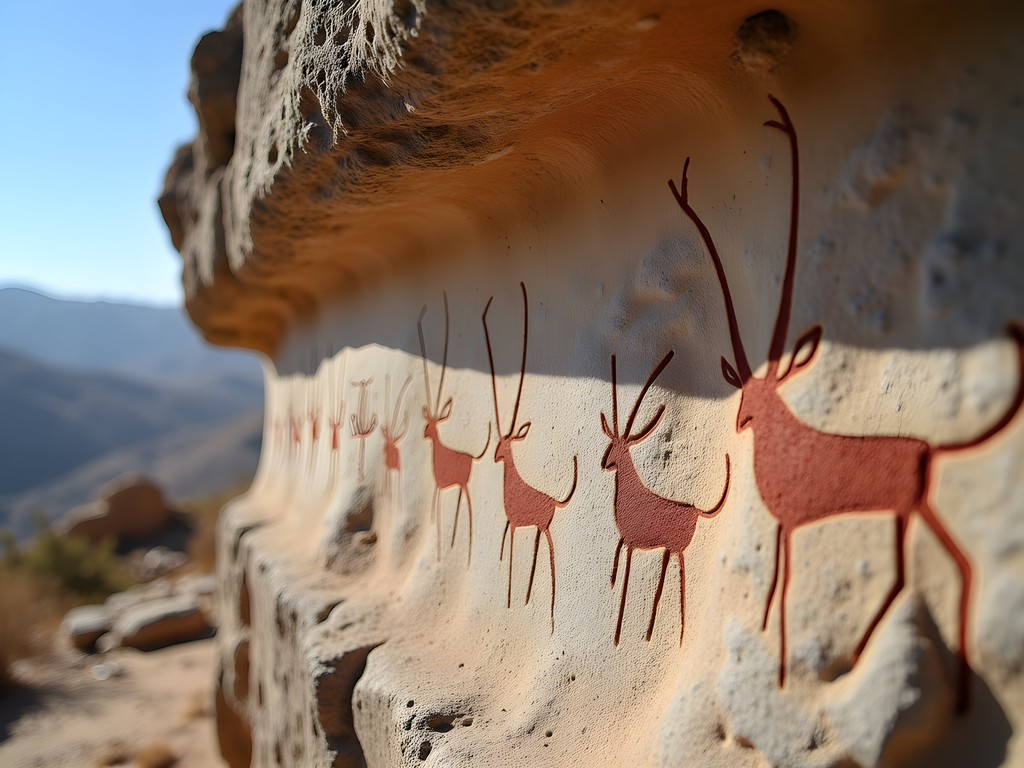
💡 Pro Tips
- Bring small denominations of local currency for purchasing handicrafts directly from villagers
- Wear sturdy shoes—the petroglyph sites involve scrambling over rocky terrain
- Ask permission before photographing local residents—a smile and gesture toward your camera usually suffices
5. Hissor Mountains: Adventure at the Tajik Border
For those seeking a more challenging adventure, the Hissor Mountains along the Tajikistan border offer some of the most spectacular landscapes accessible from Samarkand. This full-day excursion requires early departure and proper preparation but rewards intrepid travelers with pristine wilderness few tourists ever witness.
The journey begins with a two-hour drive southeast from Samarkand, the landscape gradually transforming from agricultural plains to increasingly dramatic mountain terrain. Near the border area (no special permits required, but bring your passport), we met our mountain guide who outlined our trekking route through the foothills of the Hissor Range.
The trail immediately impressed with its diversity—starting in a narrow canyon where a crystalline stream has carved its path through limestone for millennia. The canyon walls towered above us, their stratified layers revealing Earth's geological autobiography written in stone. "Como las páginas de un libro antiguo," I remarked to my guide—like pages of an ancient book.
As we ascended from the canyon, alpine meadows unfolded before us, their spring bloom creating carpets of color that would make any Provence lavender field seem subdued by comparison. The trail climbed steadily, requiring moderate fitness but presenting no technical challenges, until reaching a panoramic ridgeline approximately 2,300 meters above sea level.
From this vantage point, the view extended across multiple mountain ranges—to the south, the snow-capped peaks of Tajikistan's higher mountains; to the north, the gradually descending ranges that eventually surrender to Uzbekistan's plains. The sense of standing at a geographical crossroads was palpable, the landscape itself narrating Central Asia's story of cultural confluence and natural grandeur.
What elevated this experience beyond mere sightseeing was our encounter with semi-nomadic shepherds summer-camping in the high pastures. These families maintain traditions largely unchanged for centuries, moving their livestock seasonally between winter villages and summer mountain camps. Their hospitality was immediate and genuine—we were ushered into a yurt where fermented mare's milk (kumis) and freshly baked bread awaited.
The descent followed a different route through a narrow valley dotted with juniper trees, some estimated to be over 500 years old. Their twisted trunks and wind-sculpted forms created natural sculptures against the mountain backdrop—a living gallery of time's patient artistry.
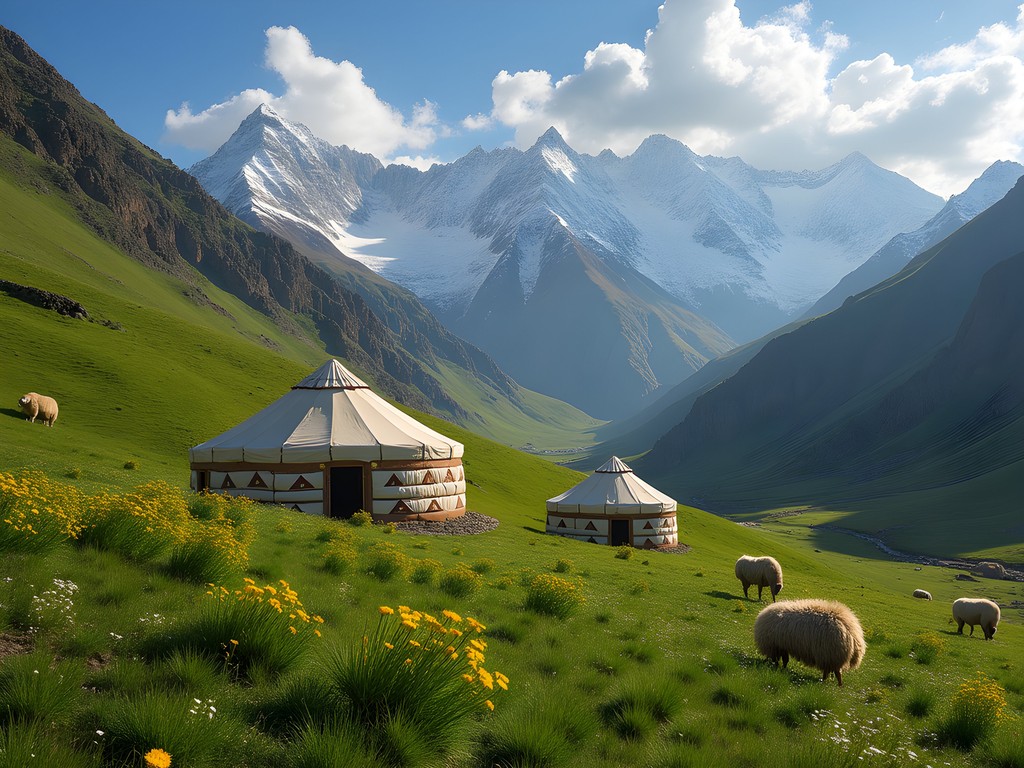
💡 Pro Tips
- Arrange this trip through a reputable Samarkand tour operator with border area experience
- Pack layers—temperature variations between canyon bottoms and mountain ridges can exceed 15°C
- Bring twice as much water as you think you'll need—the dry mountain air increases dehydration
Final Thoughts
As my week of exploration from Samarkand drew to a close, I found myself transformed in unexpected ways. These journeys into Uzbekistan's diverse landscapes—from desert fortresses to alpine meadows, ancient petroglyphs to nomadic encampments—revealed a dimension of travel that luxury accommodations alone cannot provide. The raw authenticity of breaking bread with shepherds, the physical exhilaration of mountain trails, the humbling perspective gained from standing where ancient artists once created—these experiences compose a symphony of memories that will resonate long after the journey ends. ¡Qué regalo extraordinario! What an extraordinary gift Uzbekistan offers to those willing to venture beyond the magnificent madrasas and into its wild heart. Whether you're an experienced trekker or simply someone seeking authentic cultural connections, these five day trips from Samarkand promise adventures that balance physical challenge with profound human connection. The true luxury, I've discovered, lies not in thread counts or Michelin stars, but in these genuine moments of discovery and connection that no amount of money can manufacture.
✨ Key Takeaways
- Spring (April-May) offers ideal conditions for exploring Uzbekistan's diverse landscapes—comfortable temperatures and blooming wildflowers
- Hiring local guides not only enhances safety but creates meaningful cultural exchanges impossible to experience otherwise
- Even luxury travelers should consider stepping outside comfort zones in Uzbekistan—the authentic experiences in rural areas provide the richest memories
📋 Practical Information
Best Time to Visit
Mid-April through May for ideal temperatures and spring blooms
Budget Estimate
$50-100 per day trip including transportation, guide, and meals
Recommended Duration
7-10 days (including Samarkand city exploration)
Difficulty Level
Moderate - Requires Basic Fitness But No Technical Climbing Skills

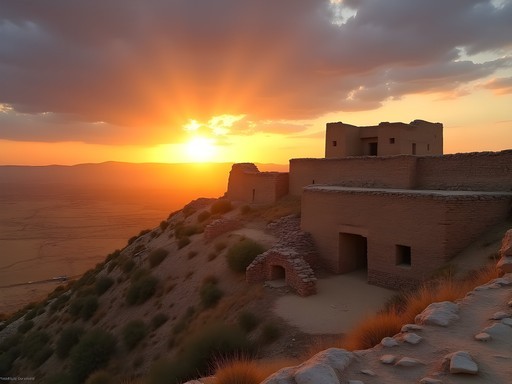
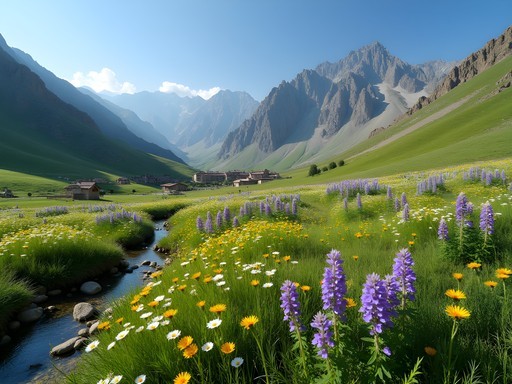
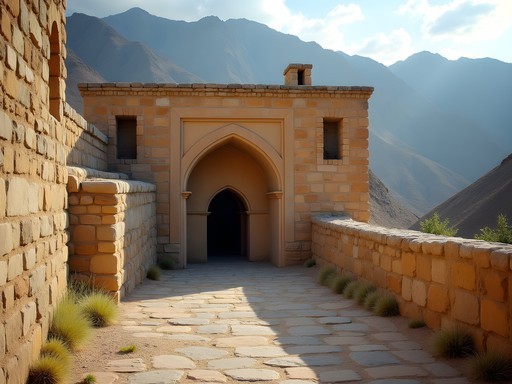
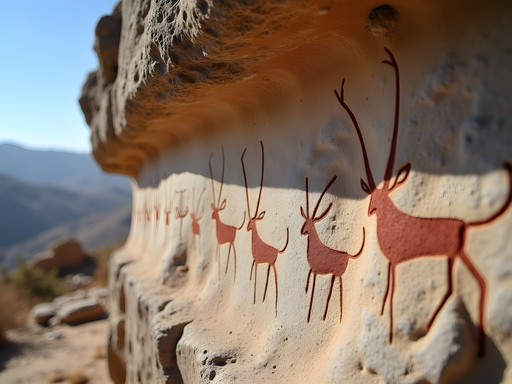
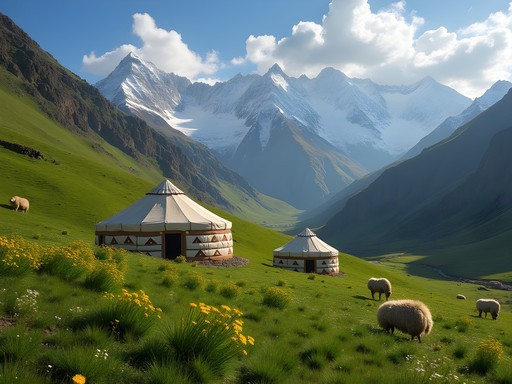







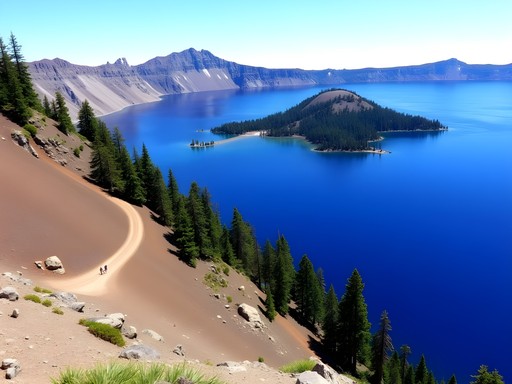


Comments
roamseeker
If anyone's heading to Nurata, don't miss the camel ride to Aidarkul Lake! Not mentioned in the post but it's only about 30 mins further and totally worth it. The lake in the middle of the desert is surreal.
triplegend
Did you feel safe doing these trips solo or better with a group?
backpacktime
Great post! I'm planning to visit in November - would these day trips still be doable then or would some areas be too cold/snowy? Especially wondering about the Zarafshan Valley trek since it looks pretty high elevation.
roamseeker
I went in late October last year and Zarafshan was chilly but definitely doable with layers. The fortress and petroglyph sites are fine year-round. Just check weather forecasts for mountain passes!
winterace
Adding Samarkand to my bucket list right now!
Marco Flores
Just returned from Uzbekistan and your post is spot on! The Amankutan Pass was the highlight of my trip - those switchbacks are no joke but the views are INSANE. Pro tip for anyone going: start the hike early (like 6am early) to avoid the midday heat, especially June-August. We found a small family-run chaikhana (tea house) about halfway up where we had the most incredible mountain honey with our tea. The grandfather there spoke no English but his hospitality transcended language. Also, the local marshrutkas (minibuses) to the base of the pass are super cheap but packed tight - be prepared for an authentic experience! Anyone else brave the local transport?
roamseeker
We did the marshrutkas too! Definitely an experience haha. That older lady with all the produce bags squeezed in next to me kept offering dried apricots the whole ride.
Marco Flores
Haha classic! Those dried fruits are the best snacks for hiking. Did you make it all the way to the viewpoint with the Soviet monument?
bluephotographer
That shot of the petroglyphs with the sunset light is absolutely killer. What lens did you use?
Sophia Gomez
Skyler, this post brings back memories! I visited Samarkand last year and made it to Nurata, which was absolutely magical. The fortress ruins against that desert backdrop create such a striking contrast. I'd add that hiring a local guide in Nurata is worth every som - our guide Bobur shared legends about the sacred spring that weren't in any guidebook. The fish pond there is considered holy by locals, and watching elderly pilgrims perform their rituals was a profound cultural experience. Did you try the local bread from the tandoor ovens in the village? Life-changing!
triplegend
How did you arrange your guide in Nurata? Planning a trip for next spring and would love recommendations!
Sophia Gomez
I actually found Bobur through my guesthouse in Samarkand! Most accommodations can connect you with drivers/guides. I used Maps.me for navigation since Google Maps isn't always reliable there. Feel free to DM me for Bobur's contact info!
vacationnomad
Wow, had no idea Samarkand had such amazing day trips! Those Zarafshan Valley photos are stunning!
Hunter Thompson
Great post Skyler! I'd add that winter visits to these spots have their own magic - did Amankutan Pass in December last year and had the whole place to myself with a light dusting of snow. Magical! The petroglyphs at Agalyk are actually clearer in winter light too. Just make sure to pack proper layers as the temperature drops dramatically at sunset. The local drivers know the roads well even in winter, but always good to have a backup plan if weather turns.
backpackexplorer
Winter in Central Asia is underrated! Did you stay overnight anywhere or manage all these as day trips?
Hunter Thompson
All day trips except Zarafshan - that definitely needs an overnight. The homestay experience was a highlight - homemade plov dinner and endless tea!
mountainnomad
Those Amankutan Pass photos are incredible! Definitely adding this to my list for next year.
Venture X
Premium card with 2X miles, $300 travel credit, Priority Pass